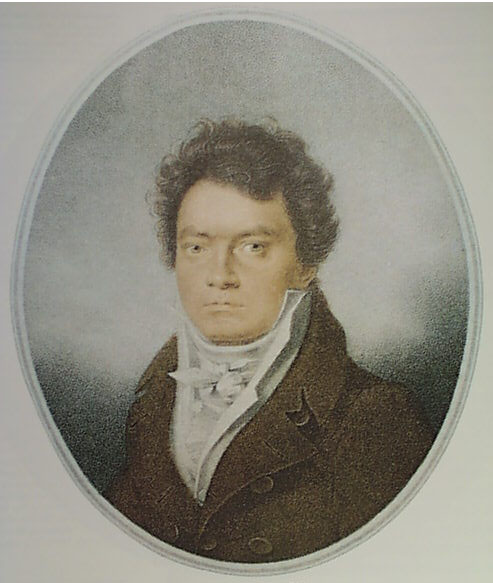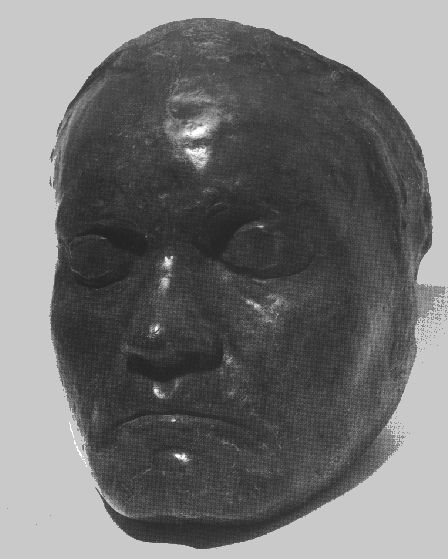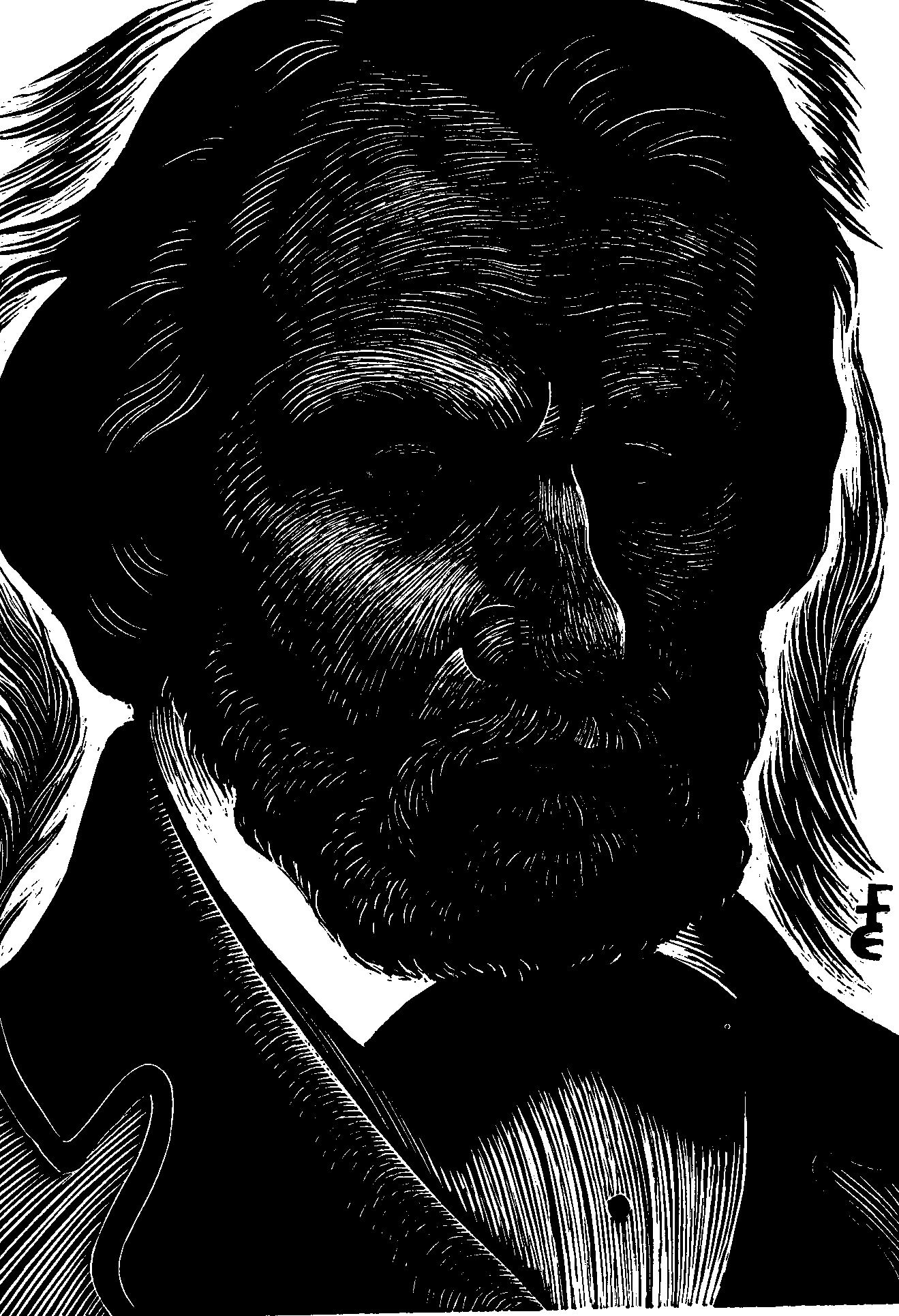Portraits of Beethoven
Except where noted, images of Beethoven on this page come from sources indicated by a
number in parentheses. The sources are:
(1) Comini, Alessandra. The changing image of Beethoven : a study in mythmaking /, Alessandra
Comini. New York : Rizzoli, 1987.
(2) "Ludwig Van Beethoven, Bicentennial Edition 1770-1970", LOC 70-100925, Deutsche
Grammophon Gesellschaft mbH, Hamburg, 1970.

Plate 1. Willibrod Josef Mahler, Portrait of Beethoven with Lyre, c. 1804. Oil, Historisches
Museum der Stadt Wien, Vienna.(1)

Plate 3. Ferdinand Schimon, Portrait of Beethoven 1818-1819, oil, Beethovenhaus, Bonn.
According to the Deutsche Grammophon Gesellschaft Bicentennial Edition of "Ludwig Van
Beethoven," the unusual expression of the eyes is said to be due to the fact that Schimon worked
on them when Beethoven had invited him for a cup of "sixty bean" coffee, i.e. at a time when the
composer was particularly excited by drinking strong coffee.(1)

Plate 4. Joseph Karl Stieler, Portrait of Beethoven, 1819, oil, Collection Walter Hinrichsen,
New York. According to the Deutsche Grammophon Gesellschaft Bicentennial Edition of
"Ludwig Van Beethoven," the composer gave the painter several sittings for this portrait. Many
later representations had Stieler's work as their model.(1)

Plate 6. Ferdinand Georg Waldmuller, Portrait of Beethoven, 1823, oil, formerly possession
of
Breitkopf and Hartel, Leipzig (destroyed).(1)

Figure 2. Louis Letronne, Beethoven, 1814, pencil drawing, private collection, Paris.(1)
Engraving (left). Blasius Hofel, Beethoven, 1814, color facsimile of engraving after a pencil
drawing by Louis Letronne. This engraving was regarded in Beethoven's circle as particularly
lifelike. Beethoven himself thought highly of it, and gave several copies to his friends.(2)
Figure 3 (right). Blasius Hofel, Beethoven, 1814, monochrome facsimile of engraving after a
pencil drawing by Louis Letronne.(1)



Figure 6. Christian Horneman, Beethoven, 1803, miniature on ivory, Collection Dr. H.C.
Bodmer,
Beethovenhaus, Bonn.(1)

Figure 8. Joseph Neesen (attributed), Silhouette of Beethoven, c. 1786, Beethovenhaus,
Bonn.(1)

Figure 10. Willibrord Joseph Mahler, Beethoven, 1815, oil on canvas, Gesellschaft der
Musikfreunde, Vienna.(1)

Figure 12. August von Klober, Study of Beethoven's Face, 1818, charcoal with chalk,
formerly
Collection C. F. Peters, Leipzig, disappeared 1945.(1)

Figure 27. Anonymous artist, Beethoven, after 1820, oil, copy after the oil portrait of
Beethoven
by Joseph Karl Stieler of 1819-20, private collection, Turin.(1)

Death mask of Beethoven. Downloaded from the Classical Music Page at
http://w3.rz-berlin.mpg.de/cmp/comp_b.html
Not Beethoven, but for an interesting illustration of the change in countenance which can be
effected by the technique of wood engraving,
 this is a facsimile of a beautiful wood engraving of Ivan Turgenev by Fritz Eichenberg. It was
specially commissioned for the collector's edition of Turgenev's "Fathers and Sons". Note the
peculiar effect on the whole countenance when this technique is used. Some might find it dark in
spirit (as well as in fact, certainly), and perhaps even "other worldly."
this is a facsimile of a beautiful wood engraving of Ivan Turgenev by Fritz Eichenberg. It was
specially commissioned for the collector's edition of Turgenev's "Fathers and Sons". Note the
peculiar effect on the whole countenance when this technique is used. Some might find it dark in
spirit (as well as in fact, certainly), and perhaps even "other worldly."













 this is a facsimile of a beautiful wood engraving of Ivan Turgenev by Fritz Eichenberg. It was
specially commissioned for the collector's edition of Turgenev's "Fathers and Sons". Note the
peculiar effect on the whole countenance when this technique is used. Some might find it dark in
spirit (as well as in fact, certainly), and perhaps even "other worldly."
this is a facsimile of a beautiful wood engraving of Ivan Turgenev by Fritz Eichenberg. It was
specially commissioned for the collector's edition of Turgenev's "Fathers and Sons". Note the
peculiar effect on the whole countenance when this technique is used. Some might find it dark in
spirit (as well as in fact, certainly), and perhaps even "other worldly."